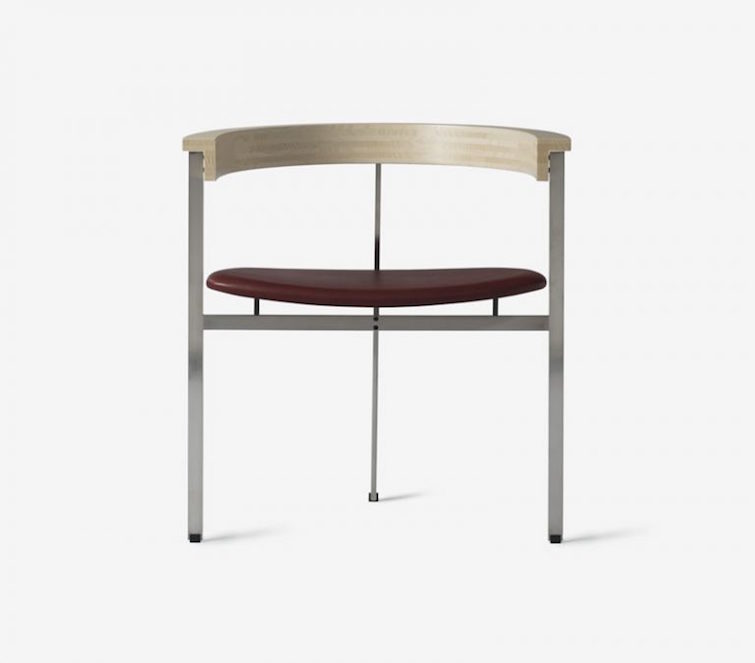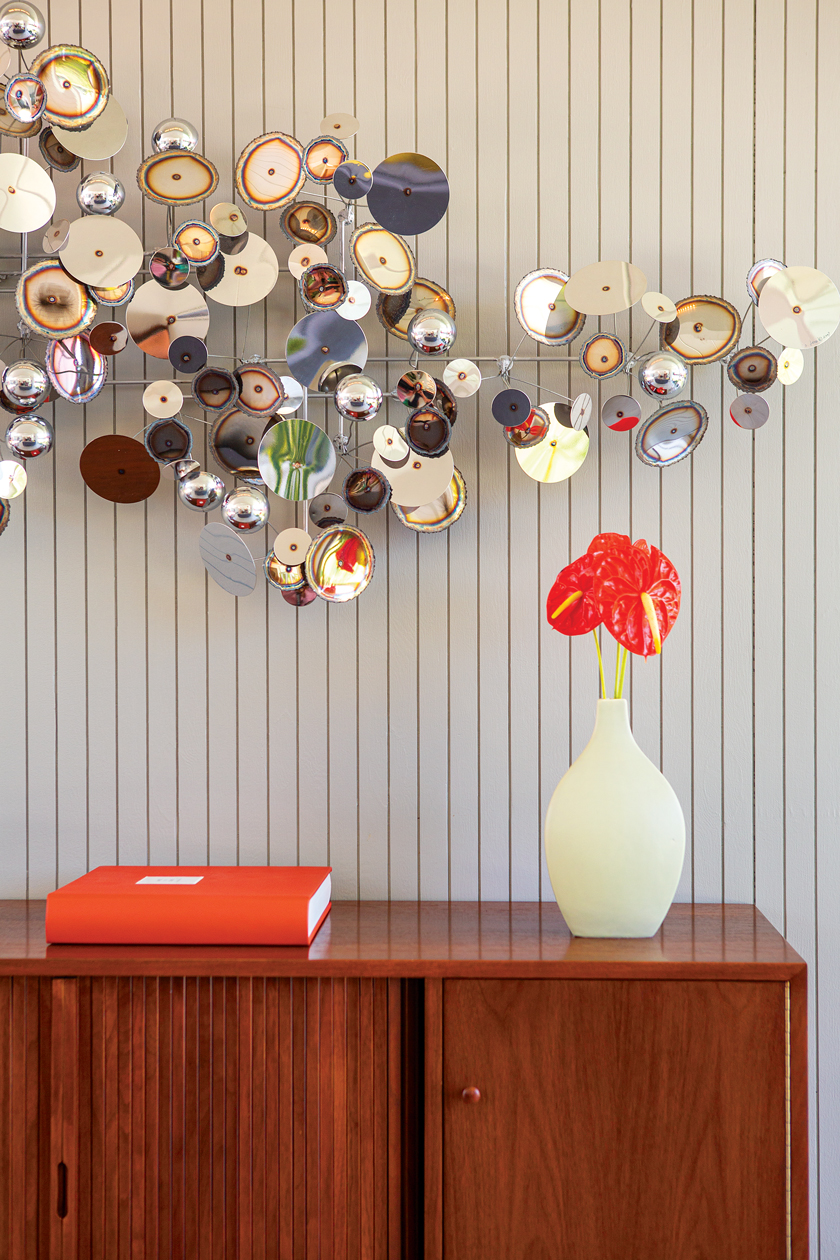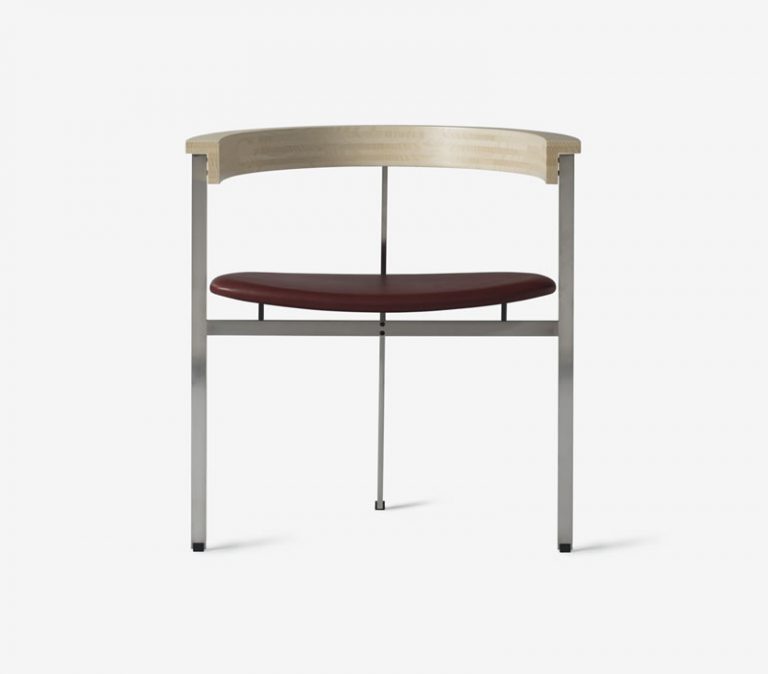
Though he first trained as a cabinetmaker, Poul Kjærholm is perhaps best known for his work with steel. As a student at the Danish School of Arts and Crafts (today the Royal Danish Academy of Fine Arts, School of Design), the designer created a chair with a frame made of chromium-plated sheet steel and a seat and back made from flag cable as his diploma piece. This project gained attention Danish design community and set the tone for Kjærholm’s career.
“Steel’s constructive potential is not the only thing that interests me; the refraction of light on its surface is an important part of my artistic work,” the designer once said. “I consider steel a material with the same artistic merit as wood and leather.”
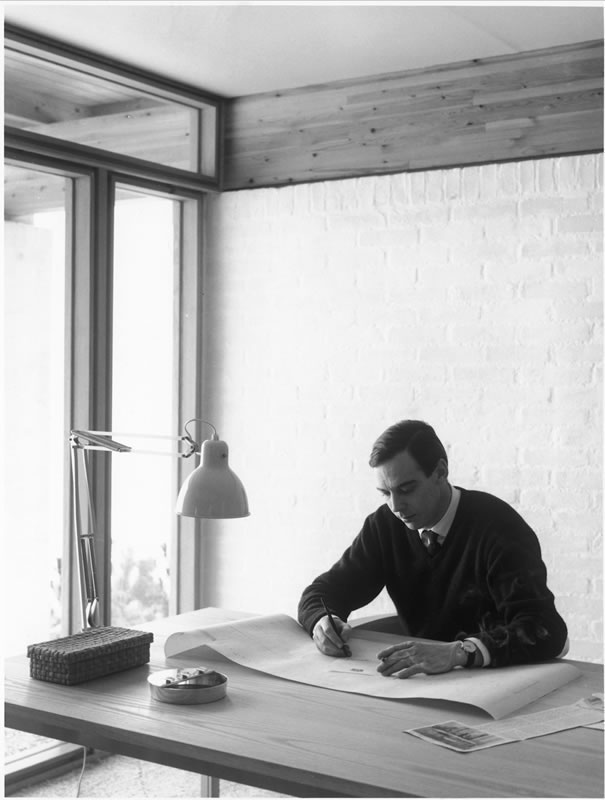
Kjærholm’s work mixed steel with natural materials like wood, leather and woven cane. He also continued to work in wood, as many of his contemporaries did, and, after earning a teaching position at the institution, designed furnishings for the Royal Danish Academy of Fine Arts’ furniture school. This collection included a design desk with a pine worktop and steel base.
“The important thing is to express the personality of the material—not mine,” he once said.
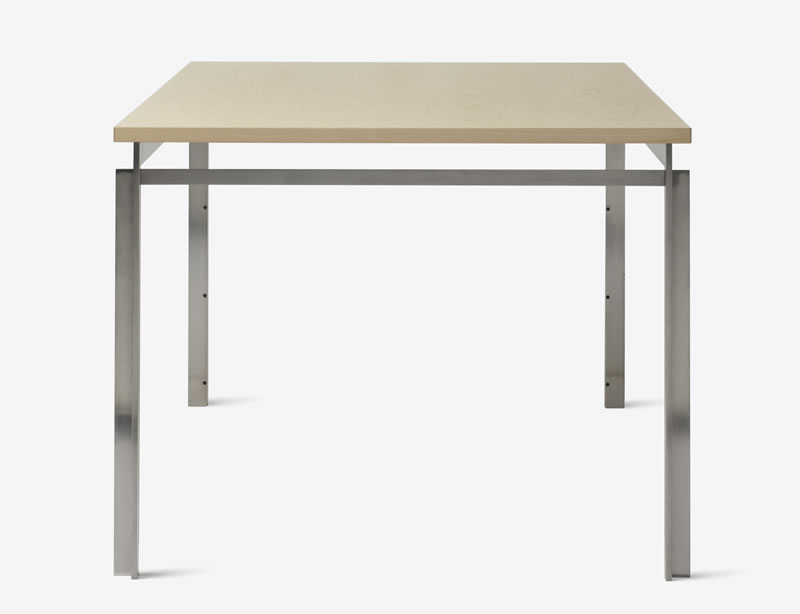
Working with companies including Fritz Hansen, Kjærholm designed furnishings with rooms in mind, taking into consideration not only how his pieces would fit in a room and how people would use these pieces. Pieces in his noted PK Series have names like PK22 and PK 0, with letters of the designer’s initials and the number indicating the type of furnishing, for instance numbers 10 through 19 are small chairs with armrests, according to Design Within Reach. His academic career also continued with Kjærholm eventually earning a professorship at the academy and serving as its director.
Kjærholm died suddenly in 1980 at the age of 51. Many of the pieces he designed continue to be produced today by firms including Kjærholm Production, which is run by his son Thomas.

